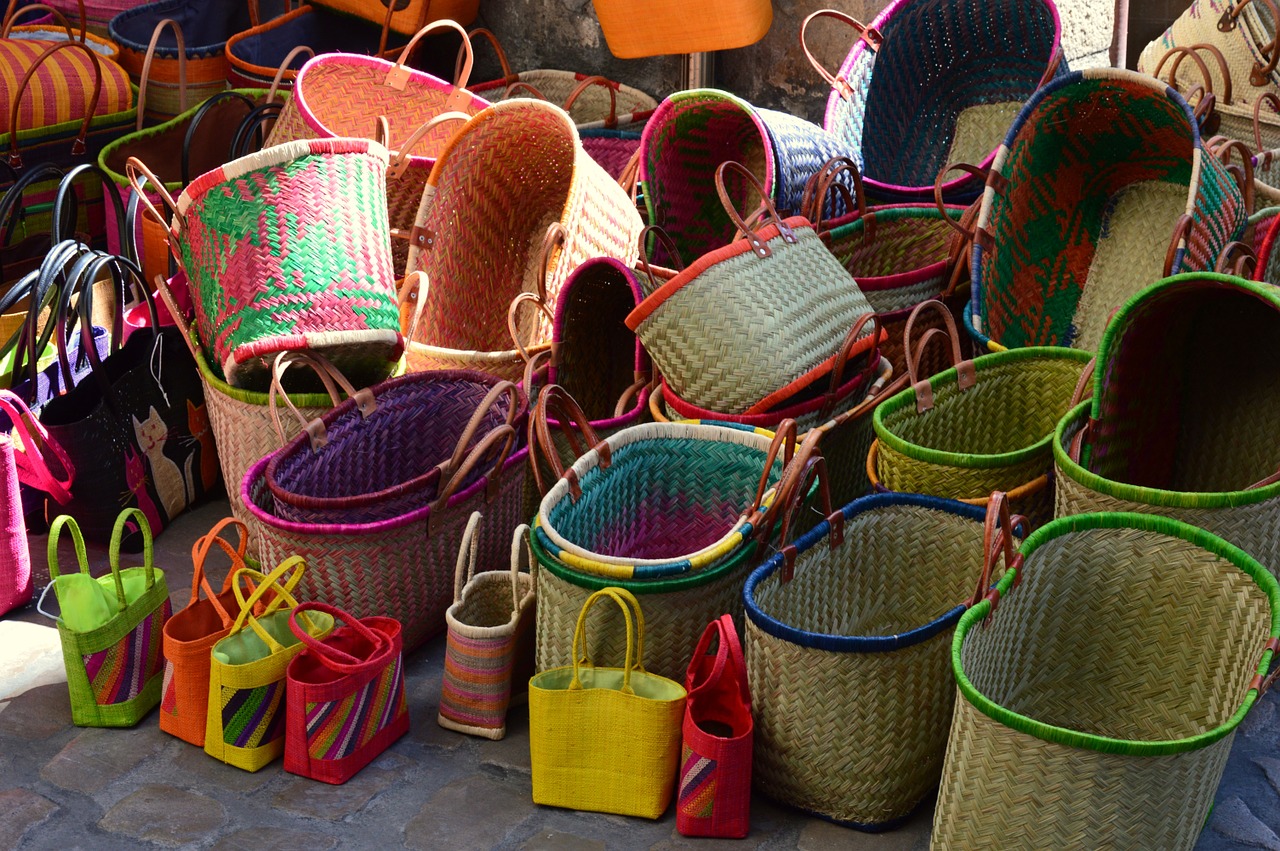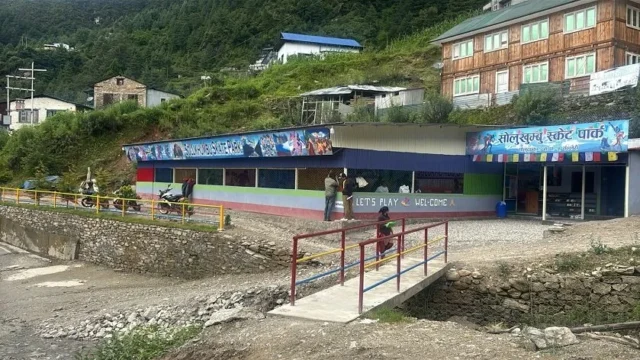Nepal, a country renowned for its breathtaking landscapes and vibrant culture, is equally celebrated for its rich tradition of handicrafts and local art. The integration of these artistic elements into the tourism experience has become a significant facet of Nepal’s tourism industry, offering visitors an immersive experience that transcends typical sightseeing. This integration not only enhances the attractiveness of the destination but also plays a crucial role in preserving and promoting Nepal’s cultural heritage.
Traditional handicrafts and local art in Nepal are not merely souvenirs but are deeply rooted in the cultural fabric of various communities. These crafts are often products of centuries-old techniques passed down through generations. The most prominent among these are Thangka paintings, intricate wood carvings, traditional pottery, and metalwork, which are deeply embedded in the everyday lives and religious practices of the Nepali people. Each piece tells a story and embodies the spiritual and cultural essence of the region from which it originates.
Thangka paintings, which are scroll paintings used in Tibetan Buddhism, are particularly noteworthy. These artworks often depict religious figures, mandalas, and scenes from Buddhist cosmology. In tourist areas like Kathmandu and Lumbini, visitors have the opportunity to observe the meticulous process of creating these paintings. Artisans, working in their studios, explain the symbolism and techniques behind each piece, offering tourists an enriching understanding of their cultural significance. Workshops and galleries dedicated to Thangka painting provide tourists with hands-on experiences, allowing them to engage directly with the craft and even try their hand at painting under the guidance of skilled artists.
Wood carving is another traditional art form that has found its way into the tourism experience. The intricately carved wooden windows, doors, and temples in cities like Bhaktapur and Patan are marvels of traditional craftsmanship. Visitors can explore the ancient woodcarving techniques that have been honed over centuries. Many artisans continue to practice these age-old methods, and tourists can visit workshops to see the process firsthand. The opportunity to purchase carved wooden items or even participate in a carving workshop adds a personal touch to their travel experience, creating lasting memories and a tangible connection to Nepali culture.
Pottery, another integral part of Nepali handicrafts, showcases a variety of traditional techniques and styles. In the city of Bhaktapur, the art of pottery is celebrated in vibrant festivals and fairs. Tourists can visit pottery workshops where local artisans create everything from simple clay pots to elaborate decorative pieces. These workshops often include demonstrations of traditional methods, such as wheel throwing and hand molding, providing a deep dive into the pottery-making process. Visitors can also participate in making their own pottery, which offers a unique and personal souvenir of their trip.
Metalwork in Nepal is renowned for its exquisite craftsmanship, particularly in the production of ritual objects and jewelry. The intricate designs of metal statues and prayer wheels, often crafted from brass and copper, are celebrated in temples and monasteries across the country. Tourists visiting areas like Patan can explore metalwork workshops where artisans demonstrate their skills in casting, engraving, and polishing. These workshops often offer tourists a chance to purchase handcrafted metal items, further integrating local art into the tourism experience.
The integration of traditional handicrafts and local art into tourism also extends to cultural festivals and events. Festivals such as Dashain, Tihar, and Holi are not only significant cultural events but also showcase traditional crafts and artworks. During these festivals, visitors have the chance to witness and participate in traditional ceremonies, see handcrafted decorations, and enjoy performances that highlight local art forms. These events provide a vibrant and immersive experience that brings the traditional crafts to life dynamically and engagingly.
Local markets and souvenir shops play a crucial role in integrating traditional art into the tourism experience. In popular tourist areas like Thamel in Kathmandu or Lakeside in Pokhara, markets are filled with stalls selling a variety of handcrafted items. These markets provide tourists with easy access to authentic Nepali crafts, offering everything from hand-woven textiles and traditional jewelry to intricate wood carvings and colorful Thangka paintings. By purchasing these items, tourists not only take home unique souvenirs but also support local artisans and contribute to the preservation of traditional crafts.
The rise of community-based tourism initiatives has further enhanced the integration of traditional handicrafts and local art into the tourism experience. These initiatives often involve local artisans directly in the tourism process, allowing tourists to engage with the community in a meaningful way. For instance, some programs offer tourists the opportunity to stay with local families, participate in traditional craft-making activities, and learn about the cultural significance of various art forms. These experiences provide a deeper understanding of Nepali culture and foster a greater appreciation for the traditional crafts.
The integration of traditional handicrafts and local art into Nepal’s tourism experience offers a multifaceted and enriching experience for visitors. From observing the creation of Thangka paintings and participating in wood carving workshops to exploring traditional pottery and metalwork, tourists gain a profound appreciation for Nepal’s cultural heritage. This integration not only enhances the tourism experience but also plays a vital role in preserving and promoting the rich artistic traditions of Nepal. As tourism continues to grow, maintaining this focus on traditional arts ensures that the cultural essence of Nepal remains vibrant and accessible to travelers from around the world.





